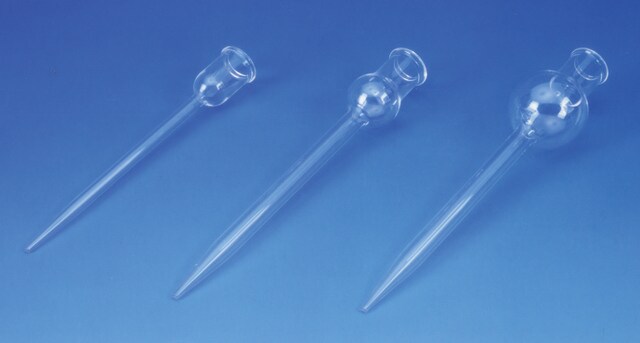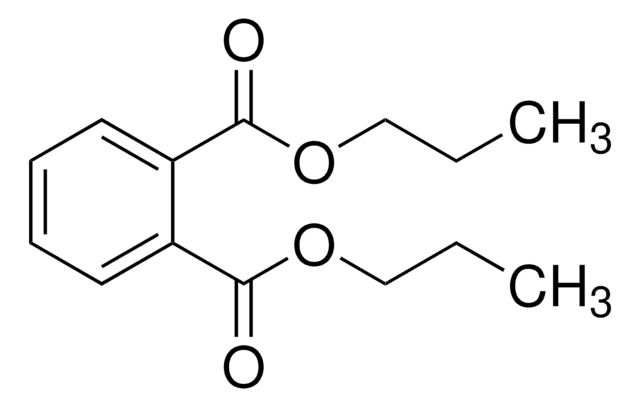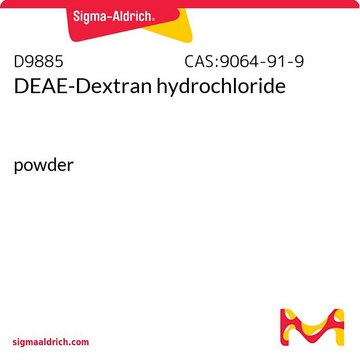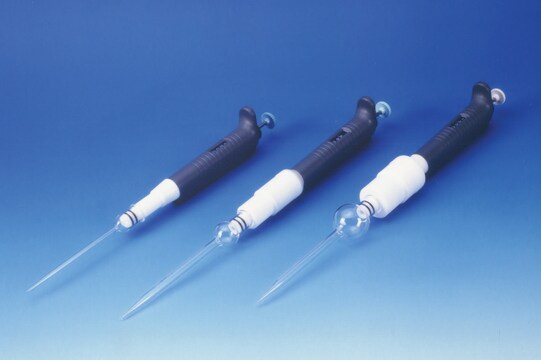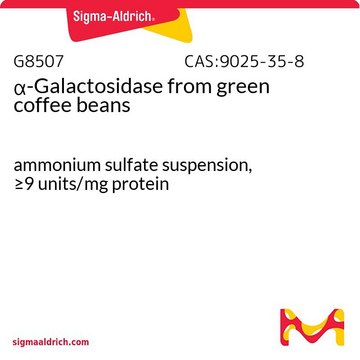MABF2074
Anti-MuLV TM Antibody, clone 42-114
clone 42-114, from rat
Synonym(s):
Murine leukemia virus
About This Item
WB
western blot: suitable
Recommended Products
biological source
rat
Quality Level
antibody form
purified immunoglobulin
antibody product type
primary antibodies
clone
42-114, monoclonal
species reactivity
virus
packaging
antibody small pack of 25 μL
technique(s)
immunoprecipitation (IP): suitable
western blot: suitable
isotype
IgMκ
target post-translational modification
unmodified
General description
Specificity
Immunogen
Application
Western Blotting Analysis: A representative lot detected MuLV TM in Western Blotting applications (Schneider, W.M., et. al. (2008). Virology. 371(1):165-74).
Inflammation & Immunology
Quality
Western Blotting Analysis: A 1:250 dilution of this antibody detected MuLV TM in HEK293 cells infected with murine leukemia virus (MuLVs).
Target description
Physical form
Storage and Stability
Other Notes
Disclaimer
Not finding the right product?
Try our Product Selector Tool.
Storage Class Code
12 - Non Combustible Liquids
WGK
WGK 1
Flash Point(F)
Not applicable
Flash Point(C)
Not applicable
Certificates of Analysis (COA)
Search for Certificates of Analysis (COA) by entering the products Lot/Batch Number. Lot and Batch Numbers can be found on a product’s label following the words ‘Lot’ or ‘Batch’.
Already Own This Product?
Find documentation for the products that you have recently purchased in the Document Library.
Our team of scientists has experience in all areas of research including Life Science, Material Science, Chemical Synthesis, Chromatography, Analytical and many others.
Contact Technical Service